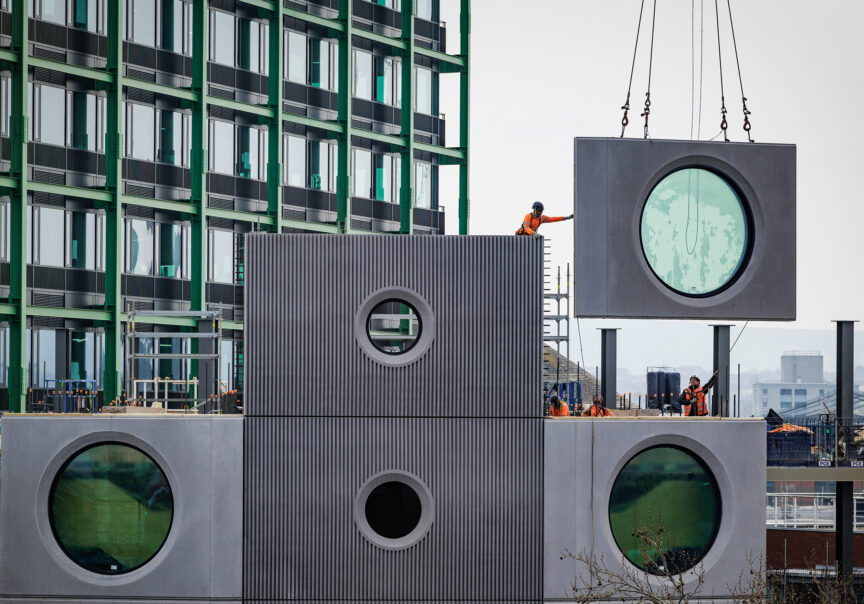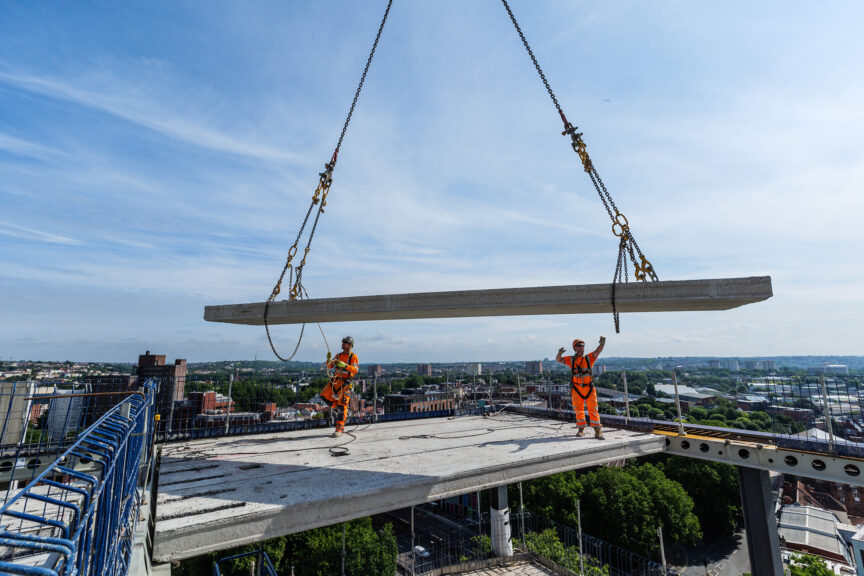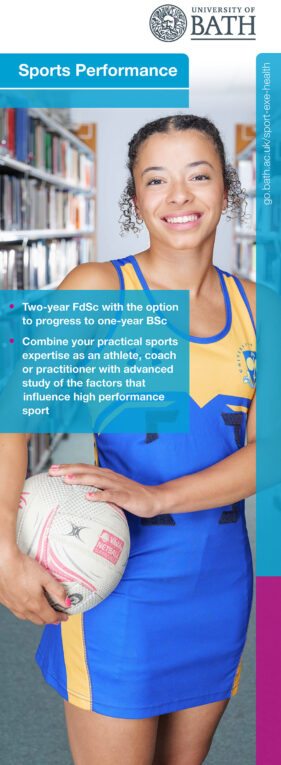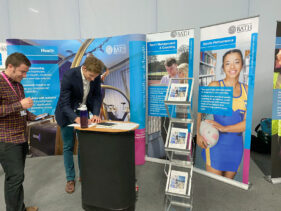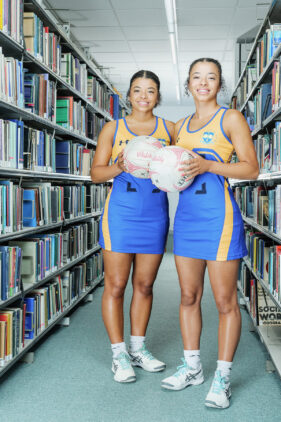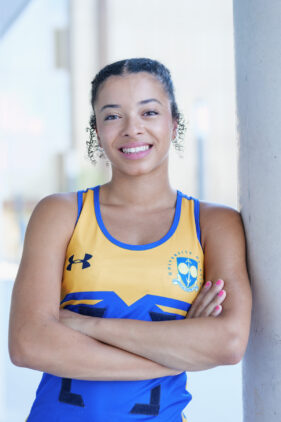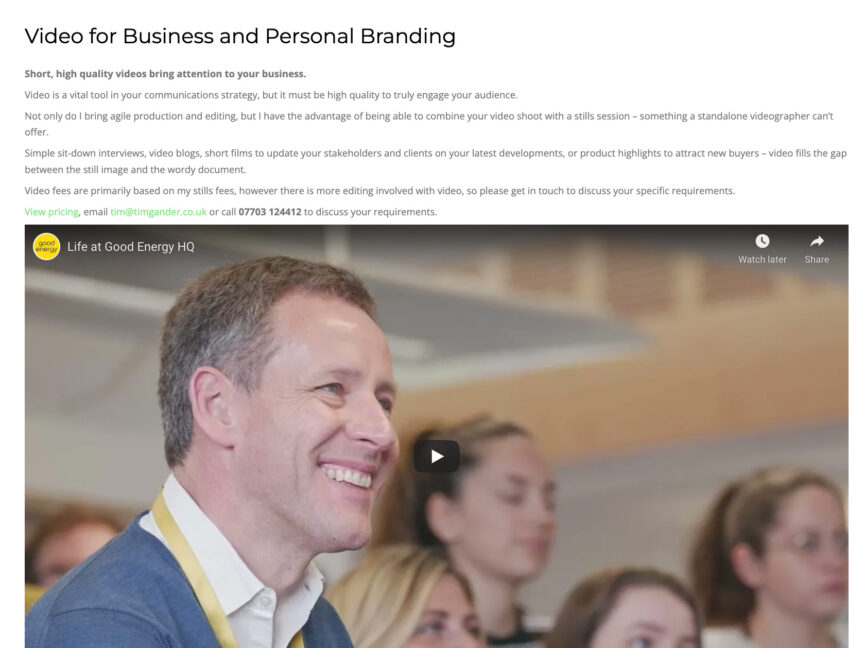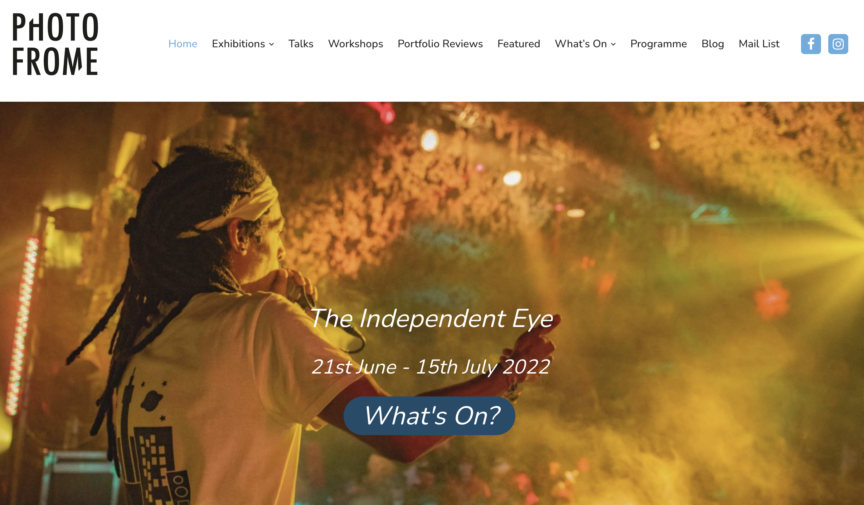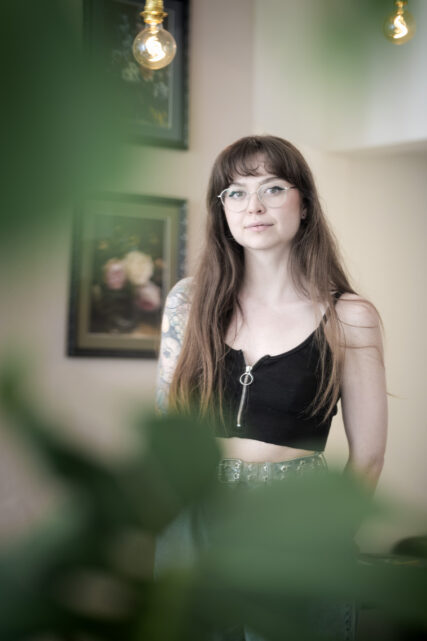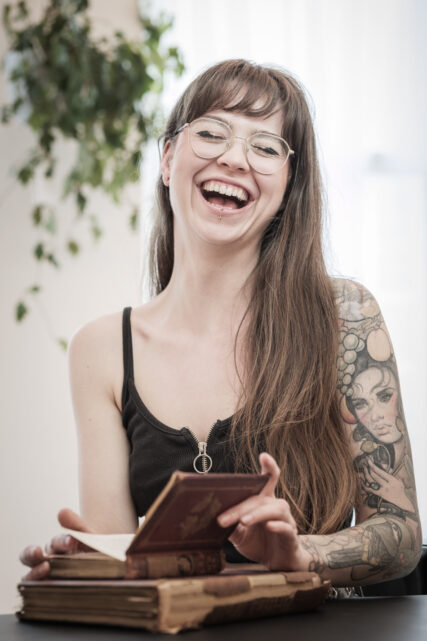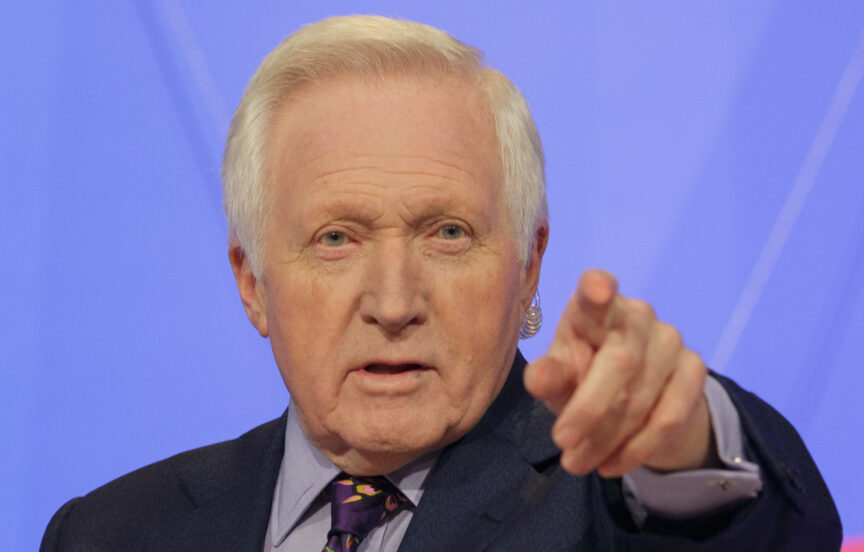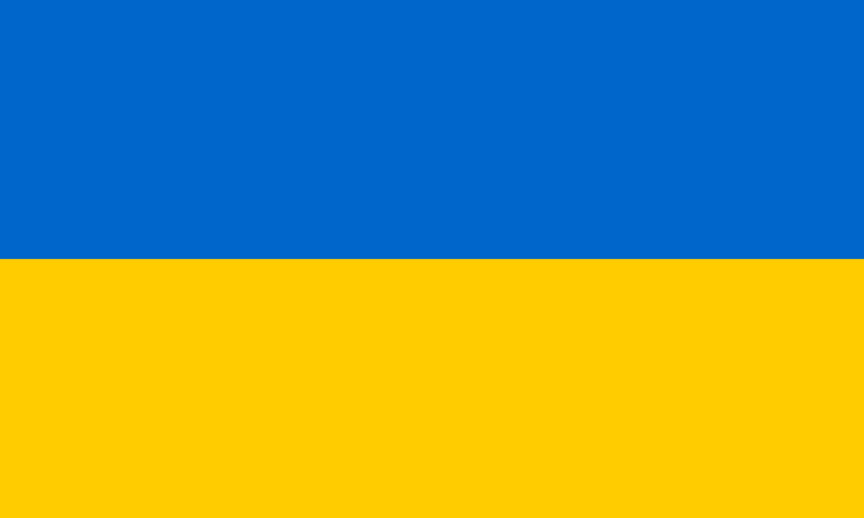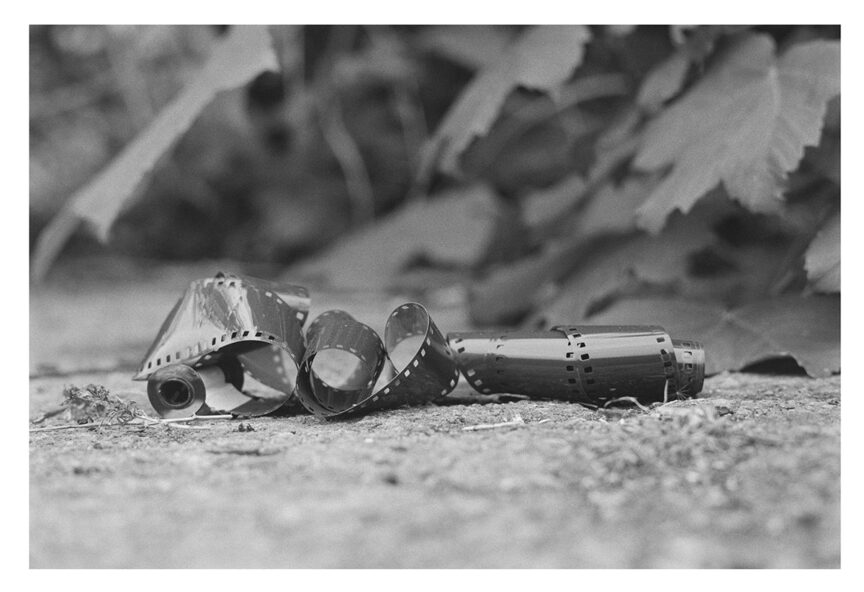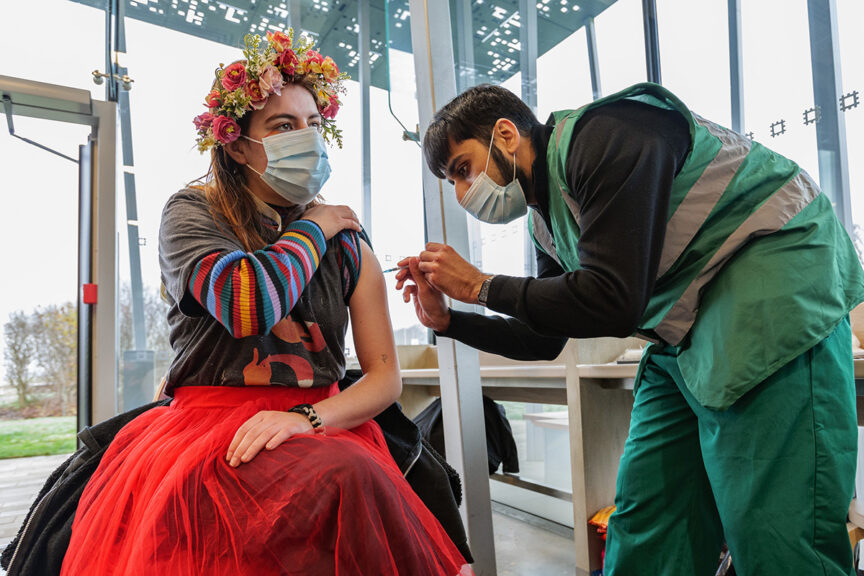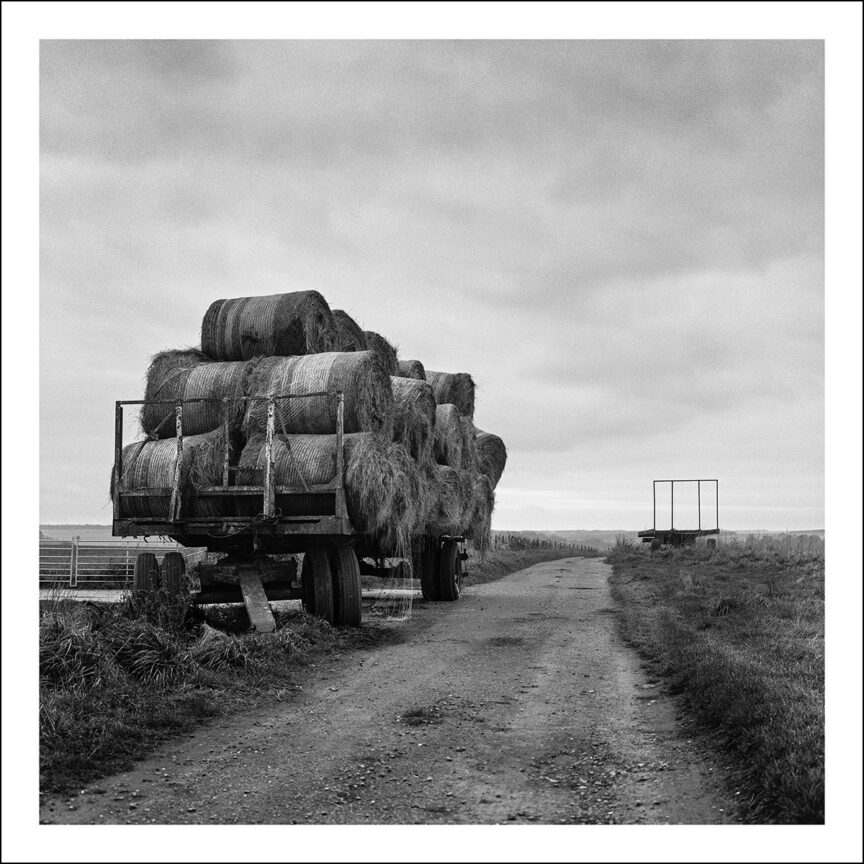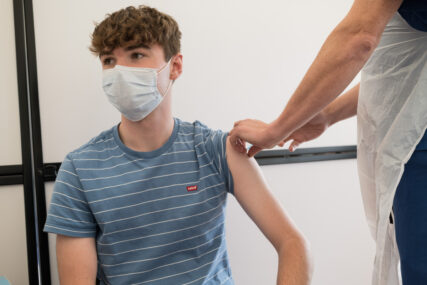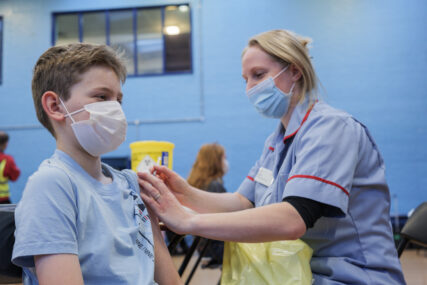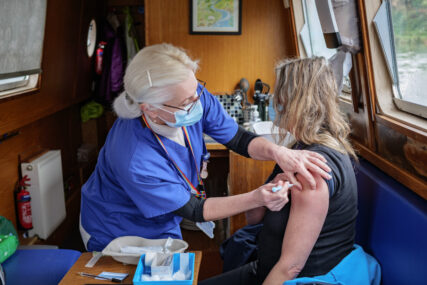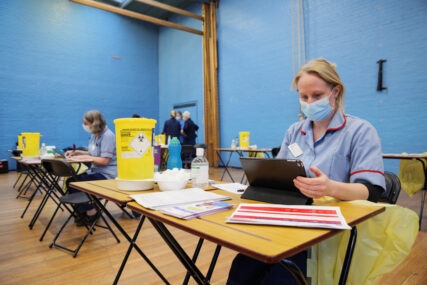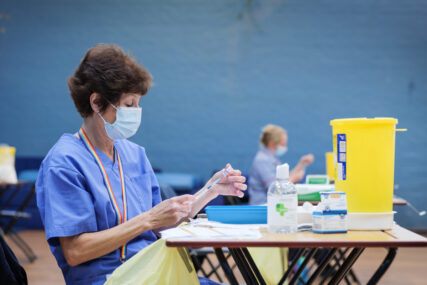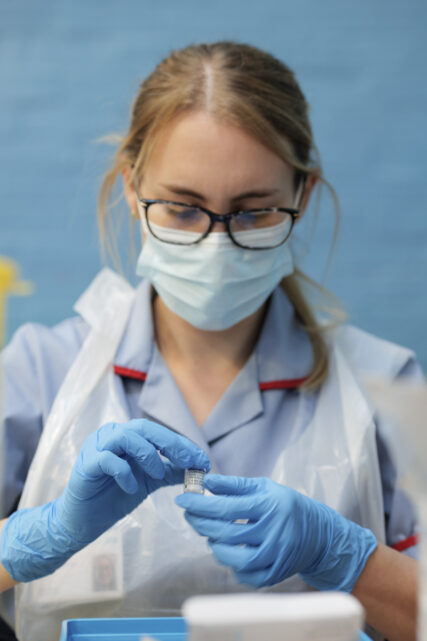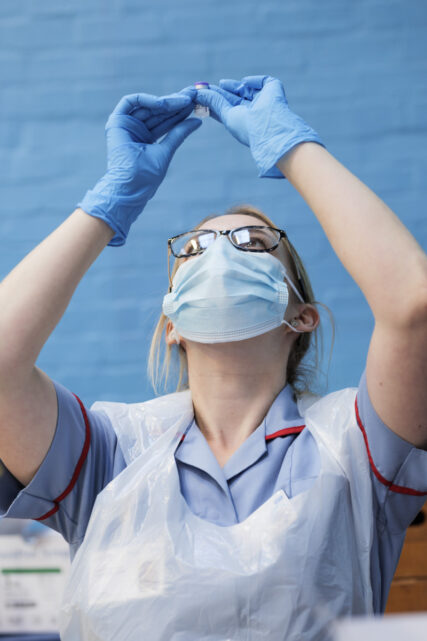You have to be of a certain age (and British) to get that headline, but it was all I could come up with for this week’s post!
Spotting an Opportunity
This is a tale of how having an eye for a picture can lead to something much bigger.
One day in March of this year, I was shooting business portraits for a central Bristol client when I became aware of an unusual scene through the office window.
There was a building going up incredibly rapidly, Lego-style with large sections being craned into place at a speed I’d not witnessed before. It was only a few hundred yards away, so I had a clear view of its progress.
Anyway, I couldn’t spend the day watching this, but there were occasional lulls in the procession of people who sat for me when I could check on its progress.
Then, during an extended lull in sitters, I could tell something big was about to be craned into place, so I grabbed my second camera with a 200mm lens and shot a few frames. I was fascinated to see this amazing wall panel with its round window as it was gently guided into place by the crane operator, assisted by the construction workers on the deck.
The Decisive Moment
I wanted to capture the moment the worker’s hand connected with the edge of the panel, and that turned out to be the perfect shot. It seemed important to show the coordination and teamwork going on here.
Just as the section was lowered into its final position, my next sitter walked in. We broke the ice by chatting about the new building that was going up, how Bristol is transforming at a bewildering rate, then got on with the business of business headshots again.
The Follow-Up
Once I’d finished all the portraits for the day, I went down to the building site, got the details of the construction company and made contact with them to see if they’d be interested in licensing any of the images.
When I sent a sample gallery through, including the iconic picture, they said it was too remarkable a photo to pass up! So we agreed a fee and they got the high-res image to use for their corporate communications.
The Unexpected Bonus
I thought that would be the end of it, but they’ve since commissioned me to shoot a set of progress pictures for a newsletter, and it sounds as if they’re looking to book me again later in the year.
The project is Assembly in Bristol; three office buildings constructed using a “kit of parts” method. All the wall panels, stairs, landings, floors and lift shafts are cast off-site, then craned into place. It means the buildings go up with astonishing speed.
I’ll be returning to my headshot client again soon and it’ll be interesting to see the building again so many months on. If there’s time, I’ll be sure to make another progress photo through the office window.

